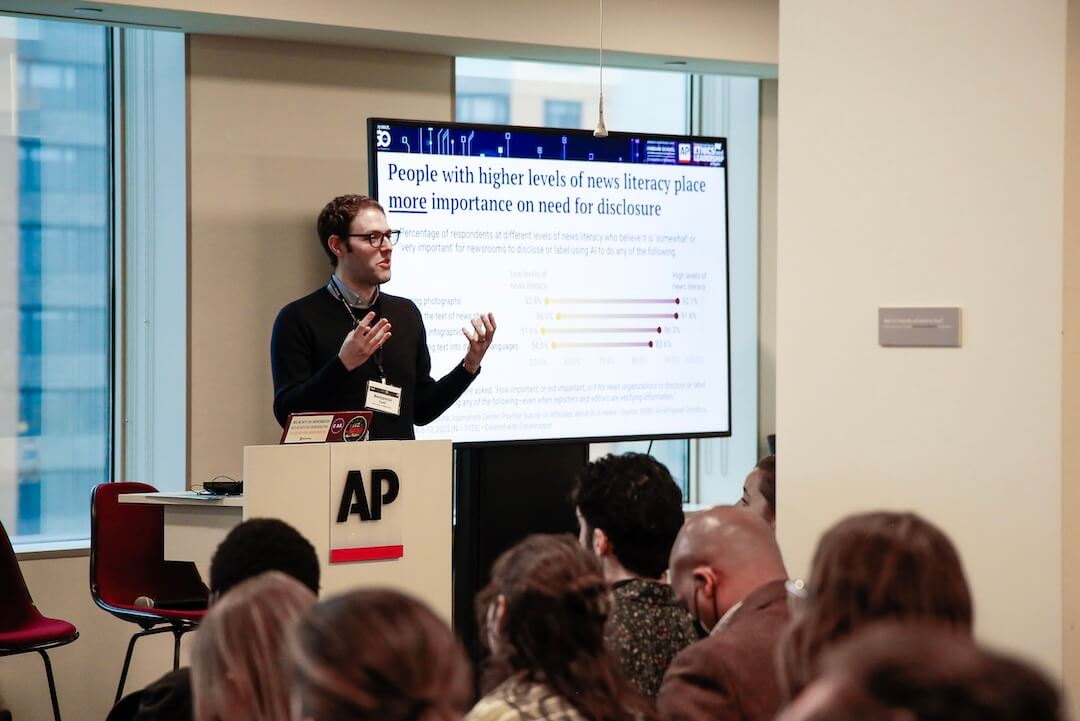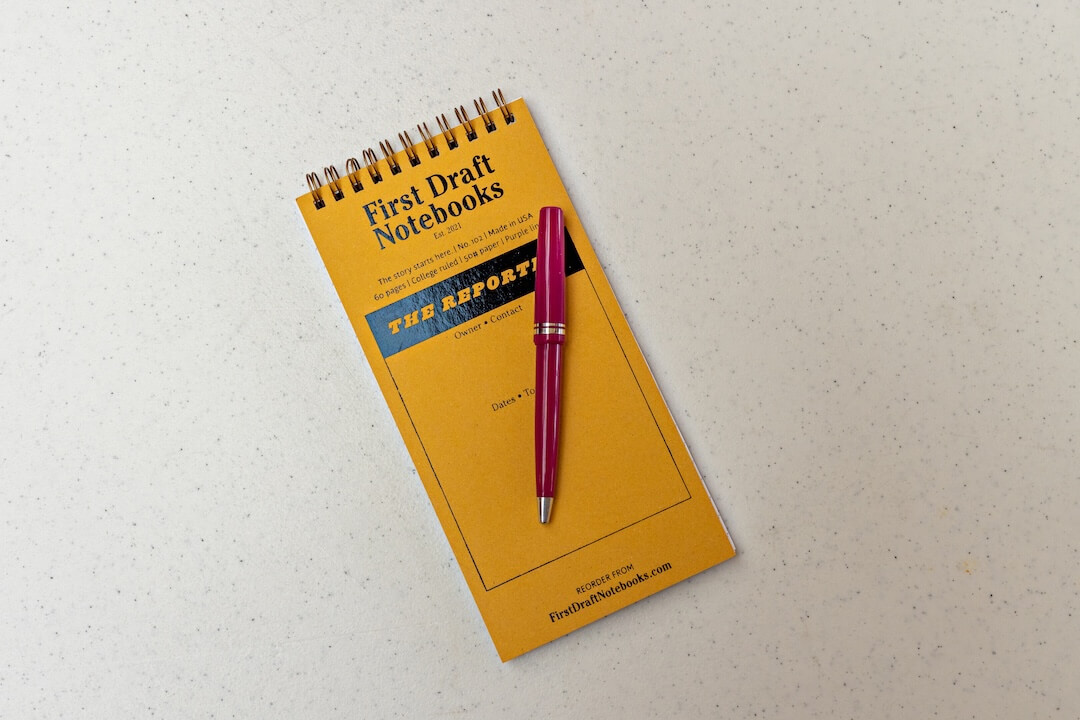This article originally appeared in Try This! — Tools for Journalism, our newsletter about digital tools. Want bite-sized news, tutorials and ideas about the best digital tools for journalism in your inbox every Monday? Sign up here.
Let me be straight with you. I totally get that we’re in the midst of this long, difficult conversation about how we shouldn’t be surrendering our content to platforms like Facebook and the ilk. I understand the power dynamics at play and I’ve read the stories about how the tech companies are consolidating power.
But I have to say it: Facebook Live is a damn great tool. Its incipient days of Wi-Fi-only uploads, dropped connections and exploding watermelons are long gone, replaced by actual good livestreams, many coming from journalism organizations. And while other livestreaming sites and services have passionate (sometimes niche) audiences, Facebook Live is the only place I can expect that guy I met at a conference four years ago and my grandmother to watch my video together.
PICTURE THIS: Since the beginning, unless you were wrangling APIs, Facebook Live has been a mostly point-and-shoot endeavor. The barebones app lacked basic broadcast features like titles, multi-camera support and graphics. It seems like those days are finally coming to an end, as Facebook has begun testing a Live Video Producer tool with all of those features and more. (As an aside, Facebook also maintains a map of public Facebook Live streams. I’ve found it handy during large breaking news events.)
ALGORITHMIC INSIGHT: While we’re on the topic, Facebook also just released a set of “News Feed Publisher Guidelines” (which it has done plenty of times in the past) that reveals a little bit about its notoriously opaque News Feed algorithm. Among the metrics the algorithm uses to determine what appears on a user’s feed:
- What’s available? What have the user’s friends and followed pages posted?
- Who posted it? When? What were the circumstances? The algorithm looks at a variety of these and other small signals.
- Is the user likely to interact with it via commenting, sharing, reacting, clicking through, etc? If yes, the post may appear higher on the feed.
BAD NEWS: A couple weeks ago, I shared a post from developer Felix Krause about how malevolent parties could spoof a system dialog to get access to your passwords. Krause is back with a scary report about how app developers could watch you go to the bathroom. Maybe it’s time to invest a few bucks in a camera cover.
CRUNCHING NUMBERS: The only thing better than a repository of handsome charts and graphs already built for you by one of the world’s most forward-thinking news outlets is the ability to create your own with the same tools they use. Quartz’s Atlas tool meshes power and ease-of-use and allows journalists to create no-frills, mobile-ready charts.
SEASONALLY APPROPRIATE: We’ve seen what journalists have done with augmented reality. What about the other guys? My favorite AR app to date is an immersive horror story called Night Terrors. Plug in your headphones, turn out the lights and see how long you can go without getting too scared. I lasted fewer than five minutes. It was mid-afternoon.
TUNE IN: In undergrad, my student newspaper applied for a grant to buy an expensive police scanner (our newsroom was in a basement so it needed to be powerful) but we were denied. If only we had Broadcastify. The site collects and makes available public safety and other audio streams from across the country. Even better, with a small annual subscription, it gives users access to archived streams up to 180 days old.
LAST WEEK: The New York Times published a harrowing video about the Las Vegas shootings last week that they put together using a technique called video forensics. The Times used eyewitness video, emergency audio from Broadcastify and more to pull together a cohesive timeline about what happened during the 10 minutes Stephen Paddock fired on the crowd. I talked to Malachy Browne, senior story producer, about how they did it.
If Quartz’s Atlas tool doesn’t satiate your fix for easy-to-build, explanatory charts, give Knight Lab’s new Storyline tool a try. It uses explainer cards to tell readers what they’re looking at and is put together with a simple spreadsheet.
Try This! is powered by Google News Lab. It is also supported by the American Press Institute and the John S. and James L. Knight Foundation







